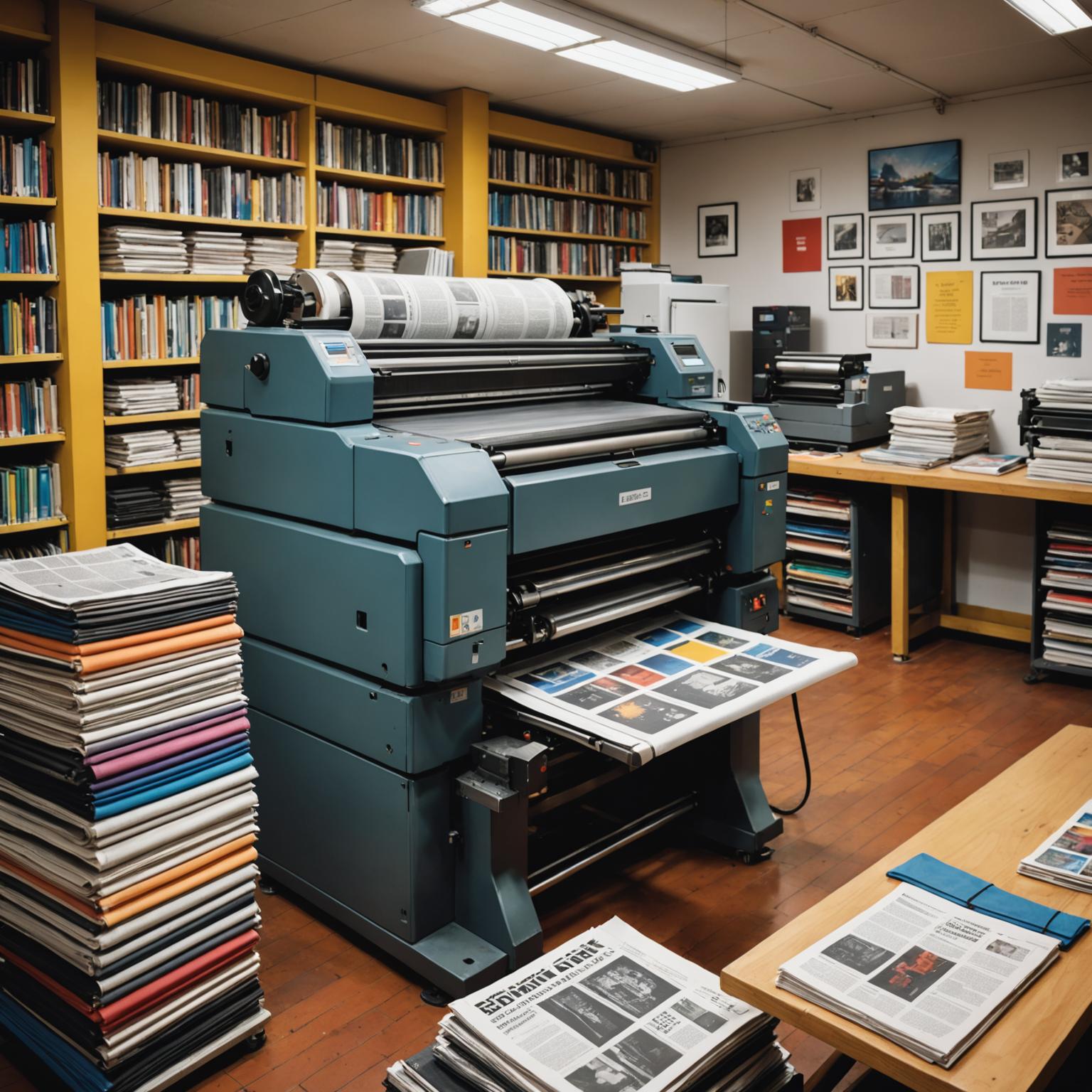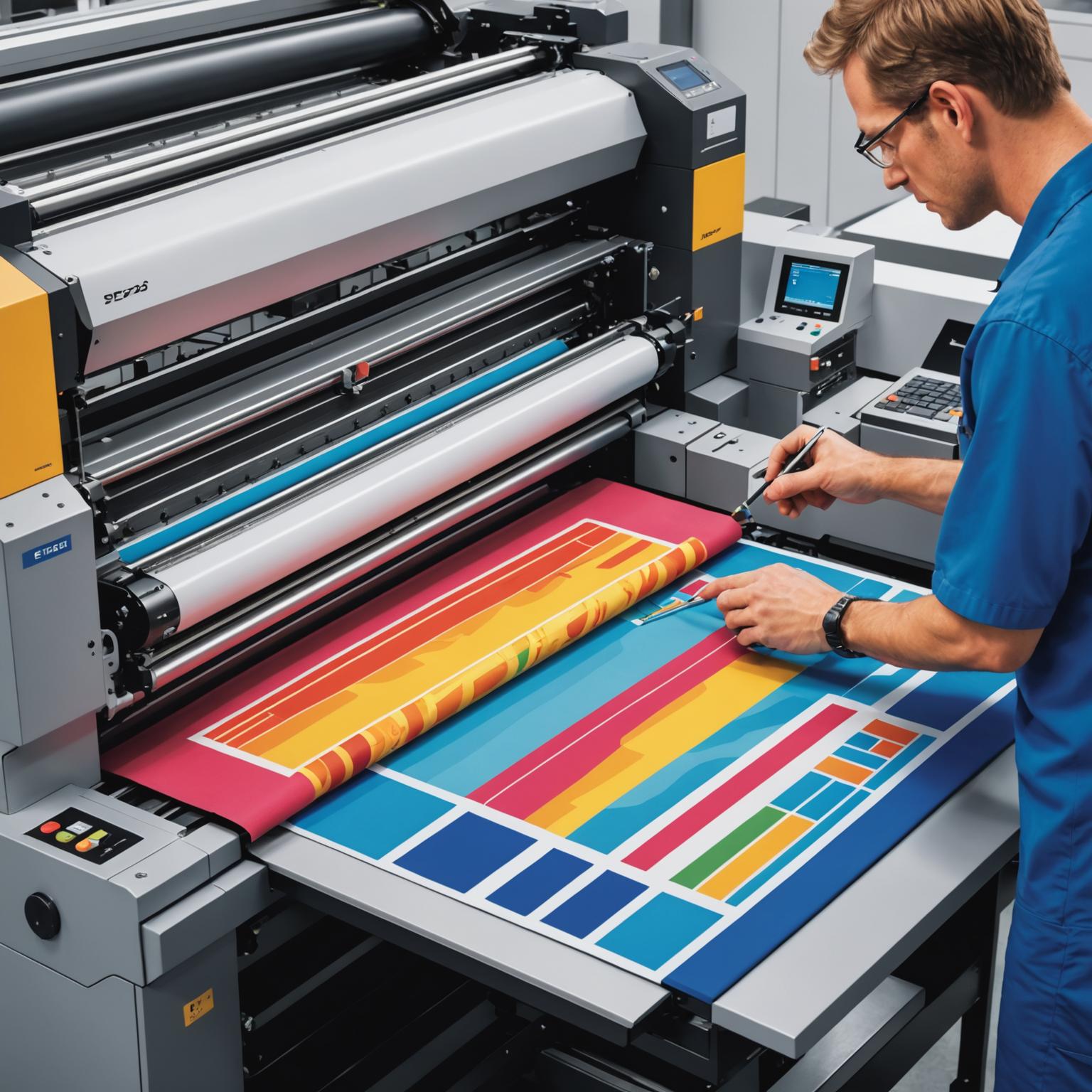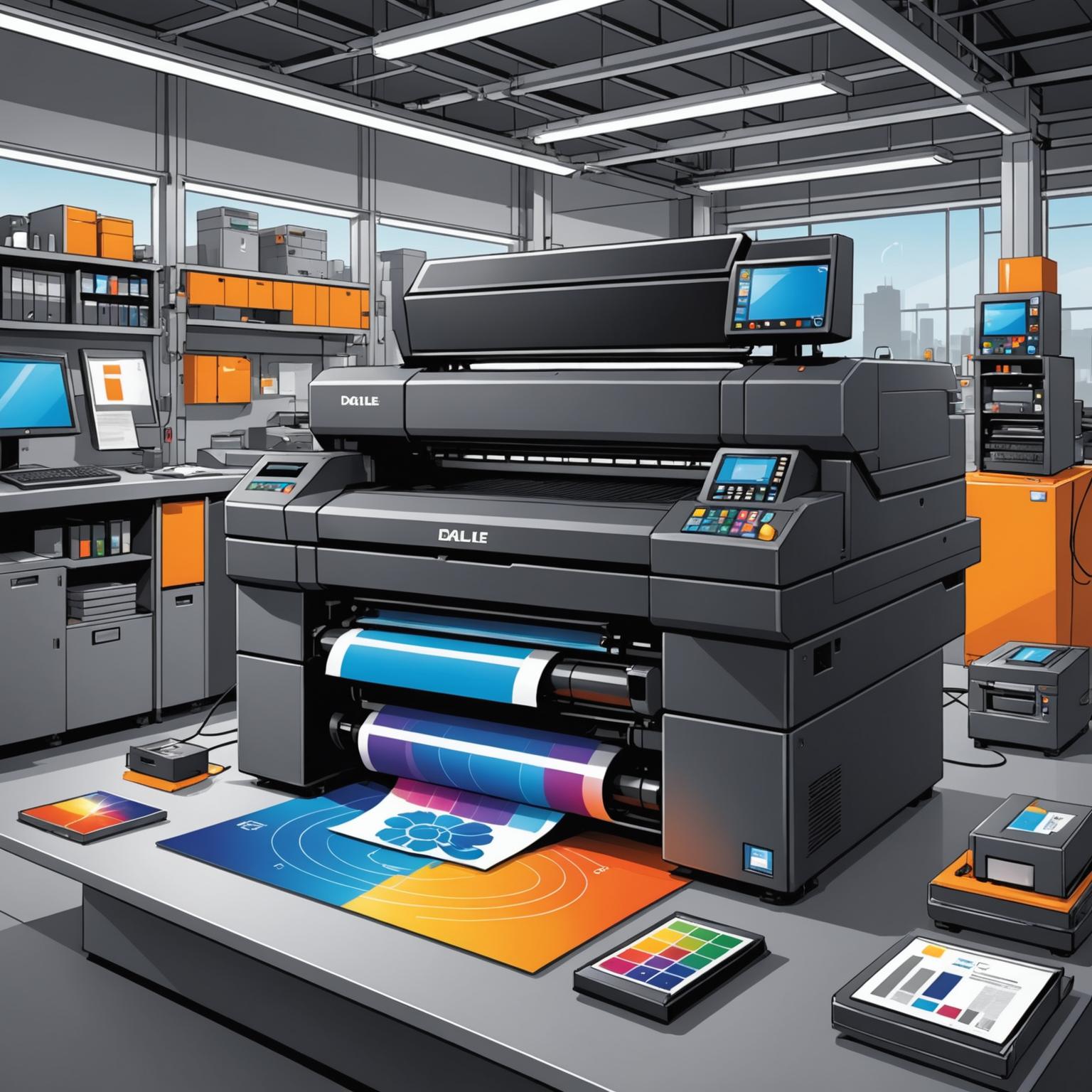The Versatile World of Adhesives
In the realm of building, repairing, and creating, few tools are as universally essential as adhesive glue. From the professional workshop to the kitchen junk drawer, this remarkable bonding agent serves as the unsung hero behind countless successful projects. Its power lies in its incredible versatility, seamlessly joining materials that range from delicate paper and porous wood to resilient plastics and rigid metals. An adhesive glue creates a molecular bond, forming a connection that can be stronger than the materials it holds together. It is the invisible force that mends broken treasures, constructs sturdy furniture, and brings artistic visions to life, making it a cornerstone of modern craftsmanship and everyday fixes.
A Simple Guide on How to Use Adhesive Glue
The key to unlocking the full potential of any bonding agent begins with understanding how to use adhesive glue correctly. The process is generally straightforward but requires attention to detail for a lasting bond. First and foremost is surface preparation. The two surfaces to be joined must be impeccably clean, free from dust, grease, and moisture. For non-porous materials like metal or plastic, lightly scuffing the surface with sandpaper can create a better texture for the glue to grip. Once prepared, apply a thin, even coat of the adhesive to one or both surfaces, as directed by the product instructions. Avoid using too much, as excess glue can weaken the joint and create a messy cleanup. Press the pieces together firmly and hold them in place. For maximum strength, clamping the objects together and allowing the adhesive to fully cure for the recommended time—which can range from minutes to a full day—is a critical final step.
Making Adhesion Easy and Fast to Operate
Modern formulations have made the application process incredibly user-friendly, ensuring that using these products is easy and fast to operate for both novices and experts. To streamline your workflow, gather all your materials before you begin: your adhesive, the items to be glued, clamps, and a damp cloth for wiping away any excess squeeze-out. Reading the manufacturer's instructions is paramount, as different types of adhesive glue have unique properties and curing times. For projects requiring immediate bonding, cyanoacrylate or 'super glue' varieties offer near-instant adhesion. For larger projects, glues with a longer 'open time' provide the flexibility to adjust and position pieces perfectly. With a little forethought and the right product choice, the entire bonding task becomes an efficient and satisfying experience that is easy and fast to operate.
Selecting the Perfect Adhesive for Your Project
Not all glues are created equal, and choosing the correct type is crucial for the success and longevity of your project. The material, environment, and required bond strength all play a role in this decision. For woodworking and other porous materials, a PVA (polyvinyl acetate) glue is an excellent, non-toxic choice. When you need a powerful, waterproof, and gap-filling bond for materials like metal, ceramic, or plastic, a two-part epoxy is often the best solution. Cyanoacrylates are perfect for small, quick repairs on non-porous surfaces. For flexible materials like fabric or leather, a specialized flexible adhesive will allow for movement without cracking. By taking a moment to identify the specific needs of your task, you can select an adhesive that is perfectly tailored to the job, ensuring a professional-quality result.
Mastering the Art of Gluing
Ultimately, mastering the use of adhesives comes down to a combination of knowledge and practice. By respecting the fundamentals of surface preparation, proper application, and adequate curing time, you can transform a seemingly simple tube of glue into a powerful tool for creation and repair. The vast array of available products means there is a perfect solution for nearly any bonding challenge you might face. Whether you are mending a cherished ceramic, building a bookshelf, or crafting a model airplane, the right adhesive will provide the strength and durability you need. It proves that with the right technique, even the most complex bonding tasks can be handled with confidence and precision.







